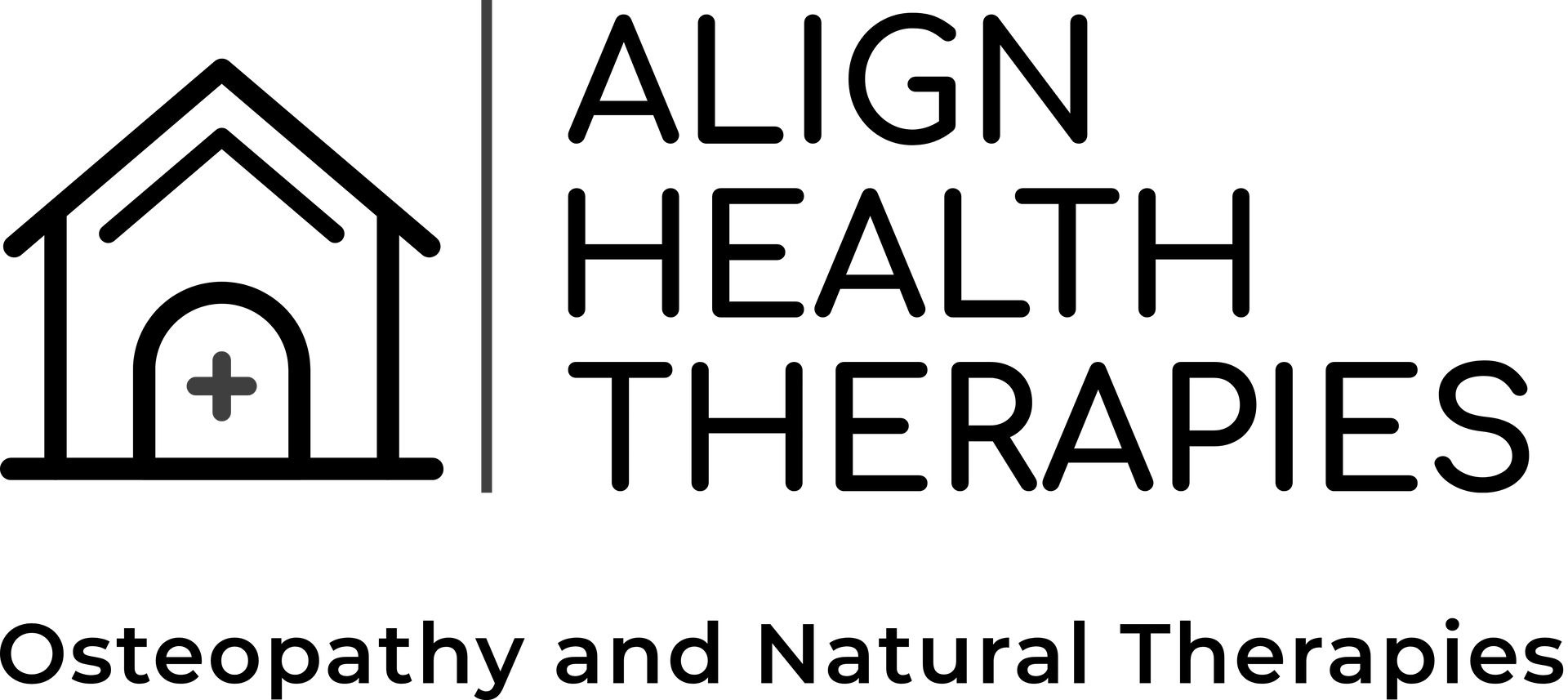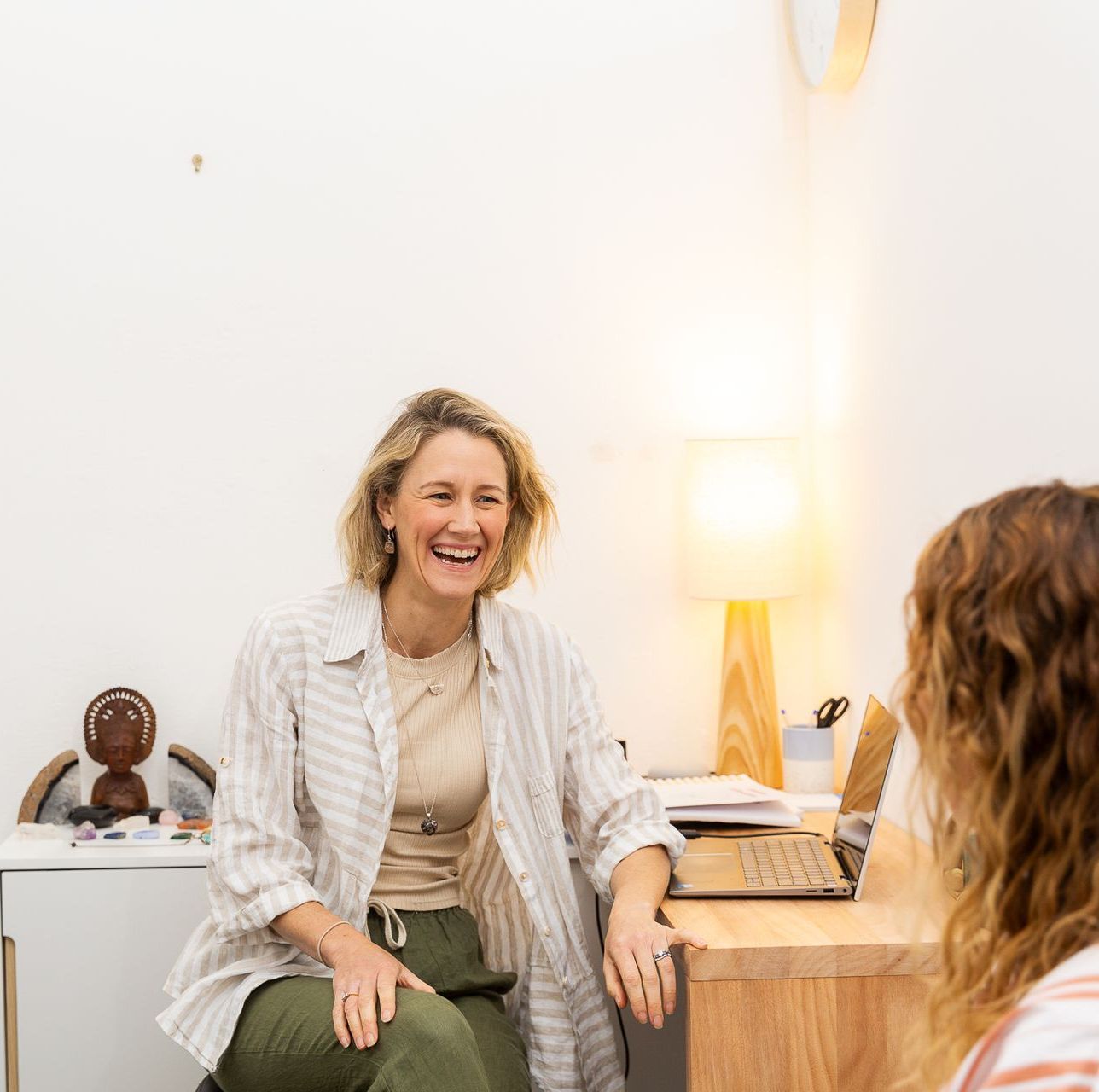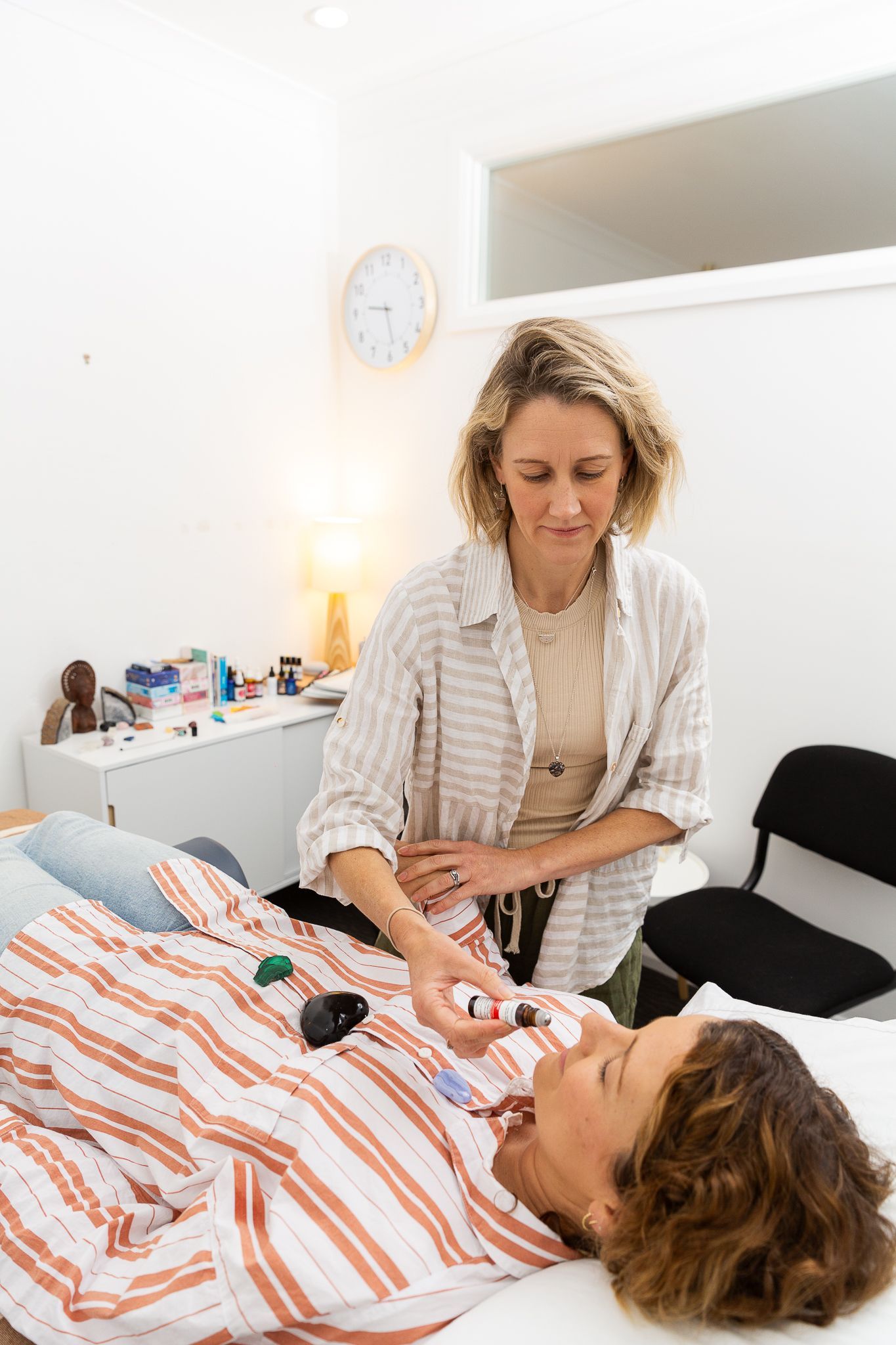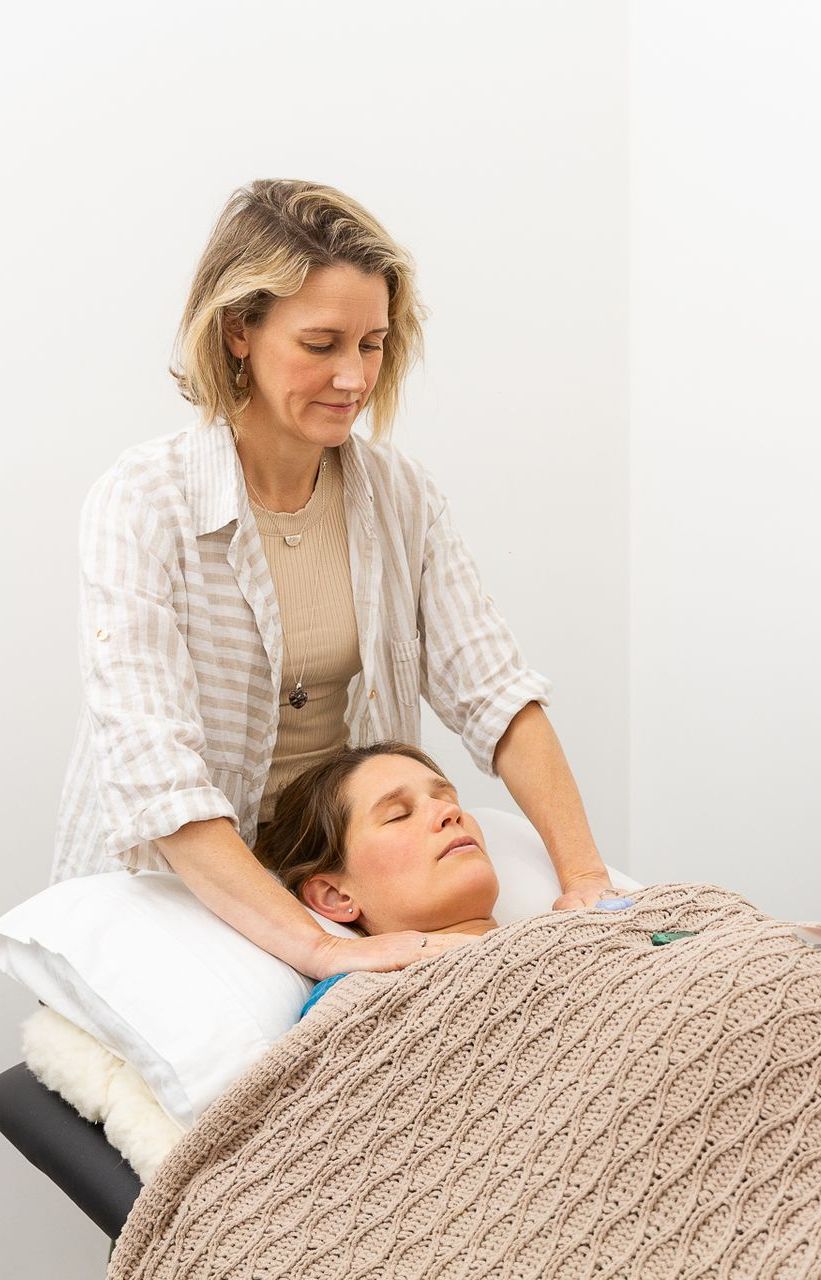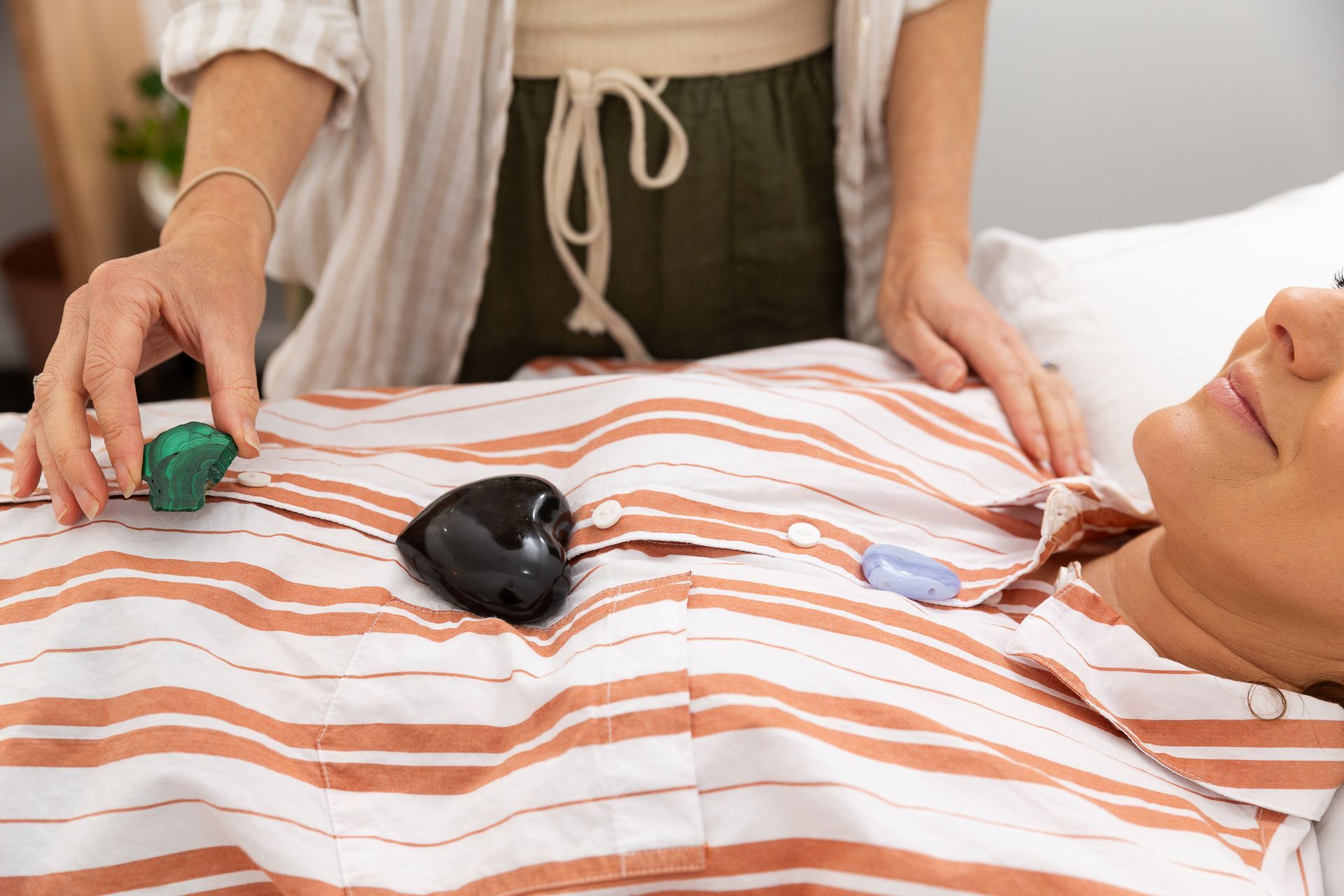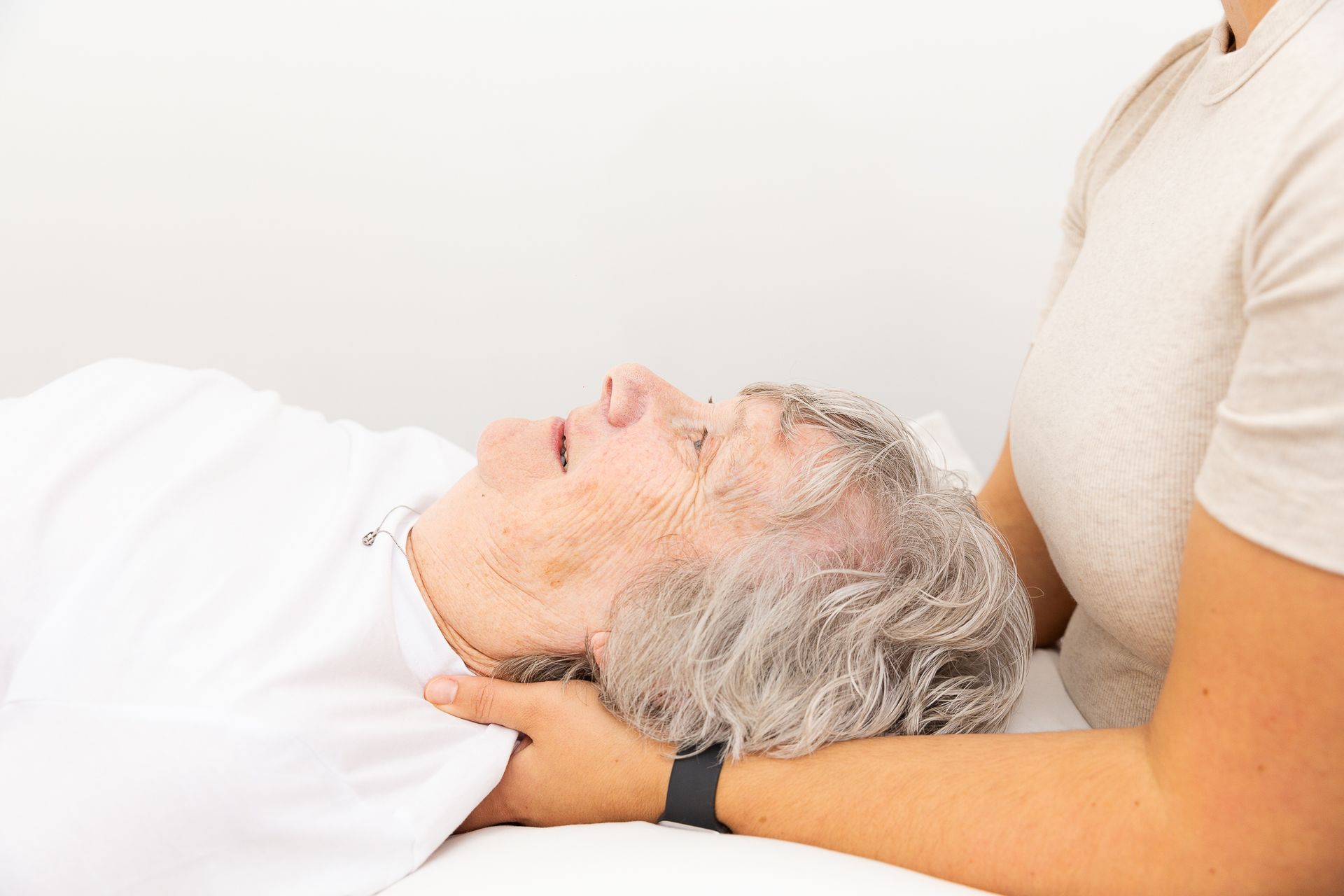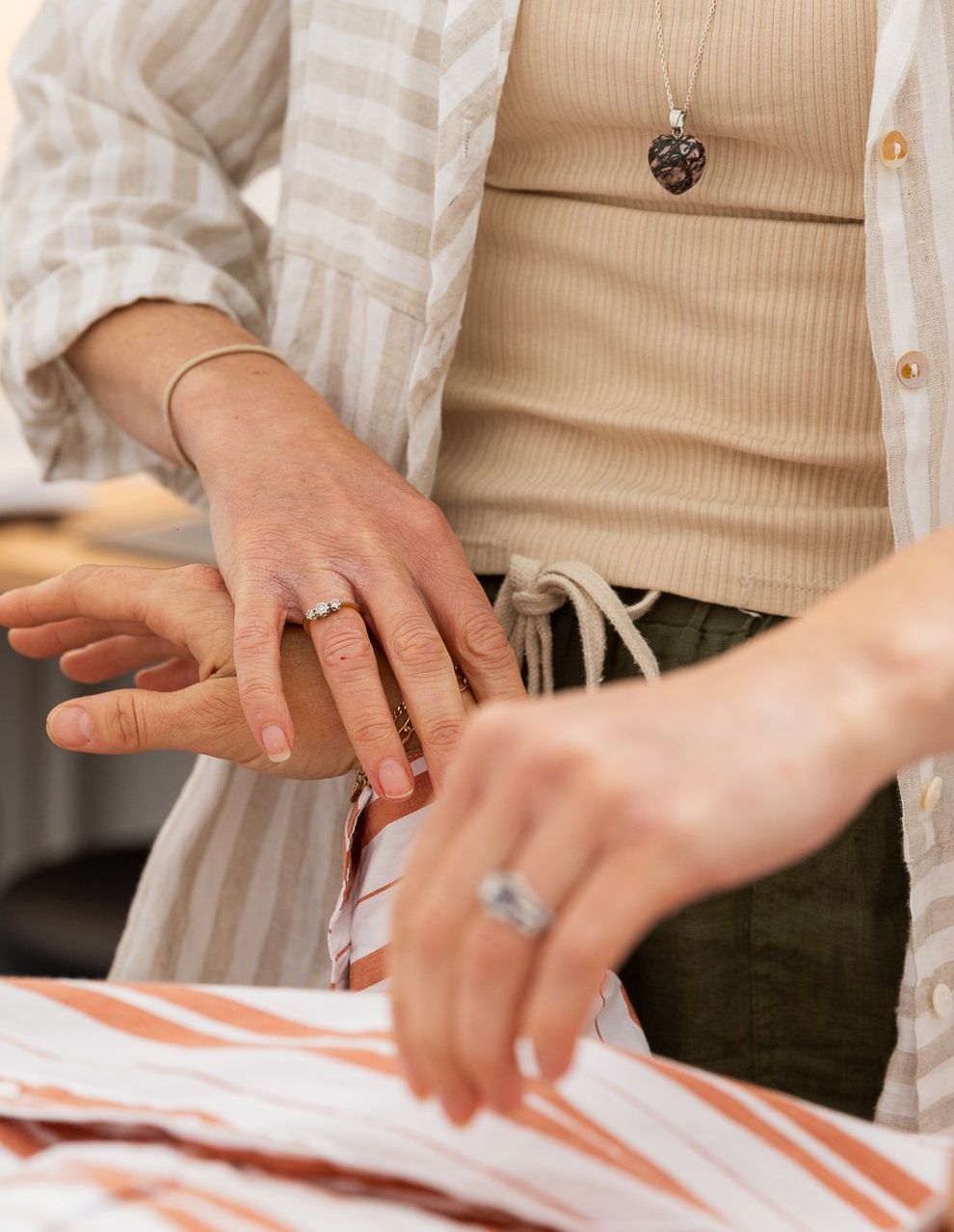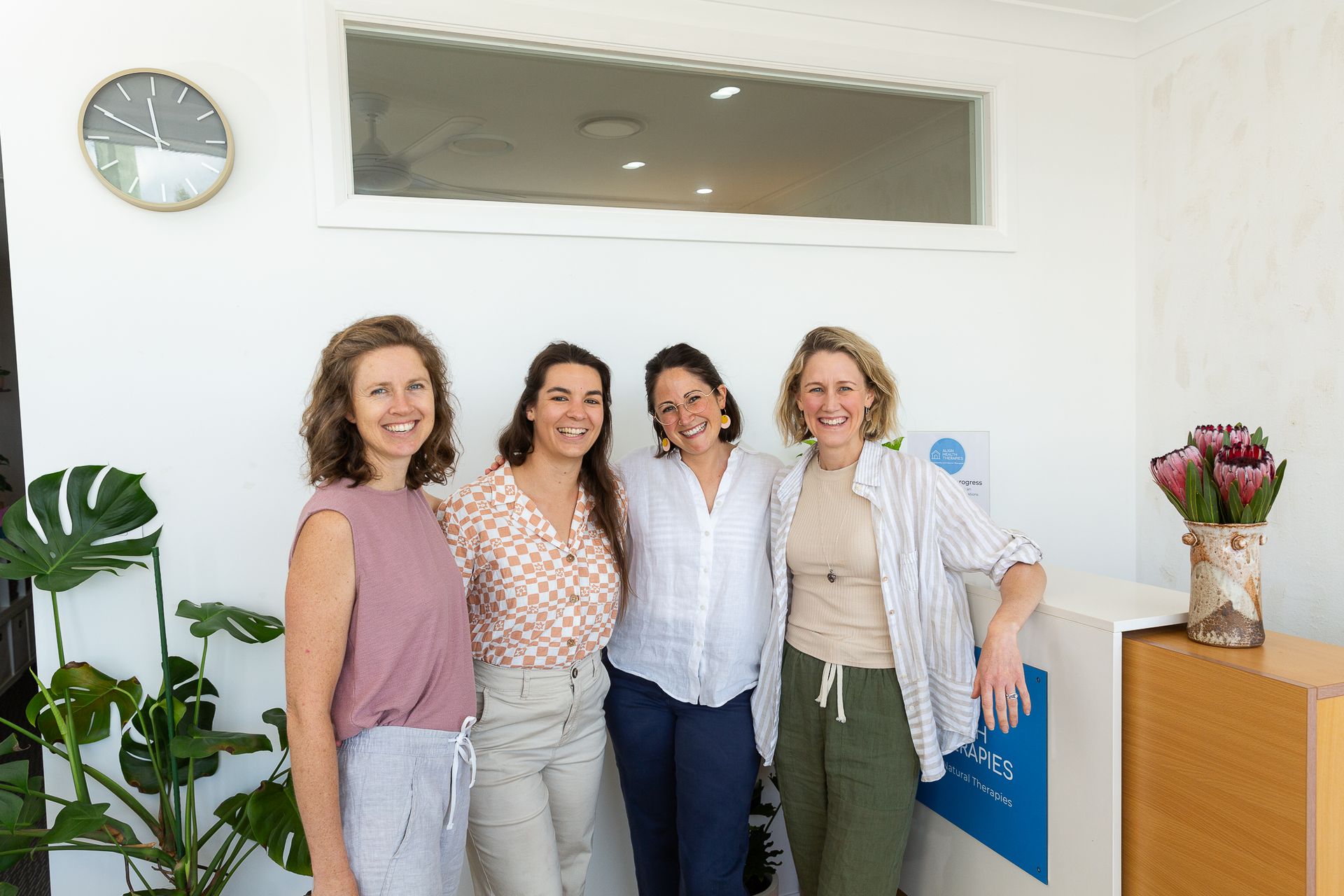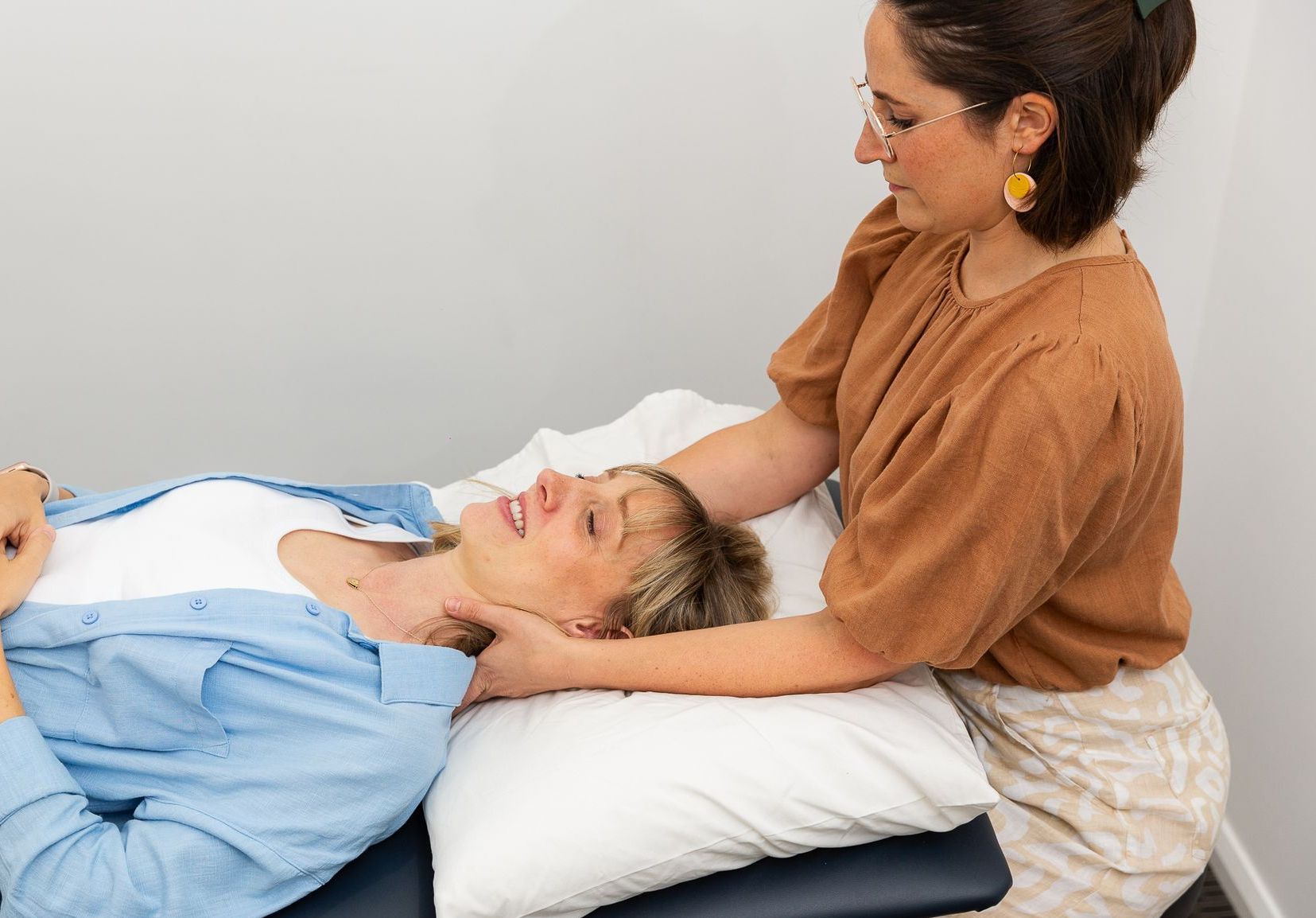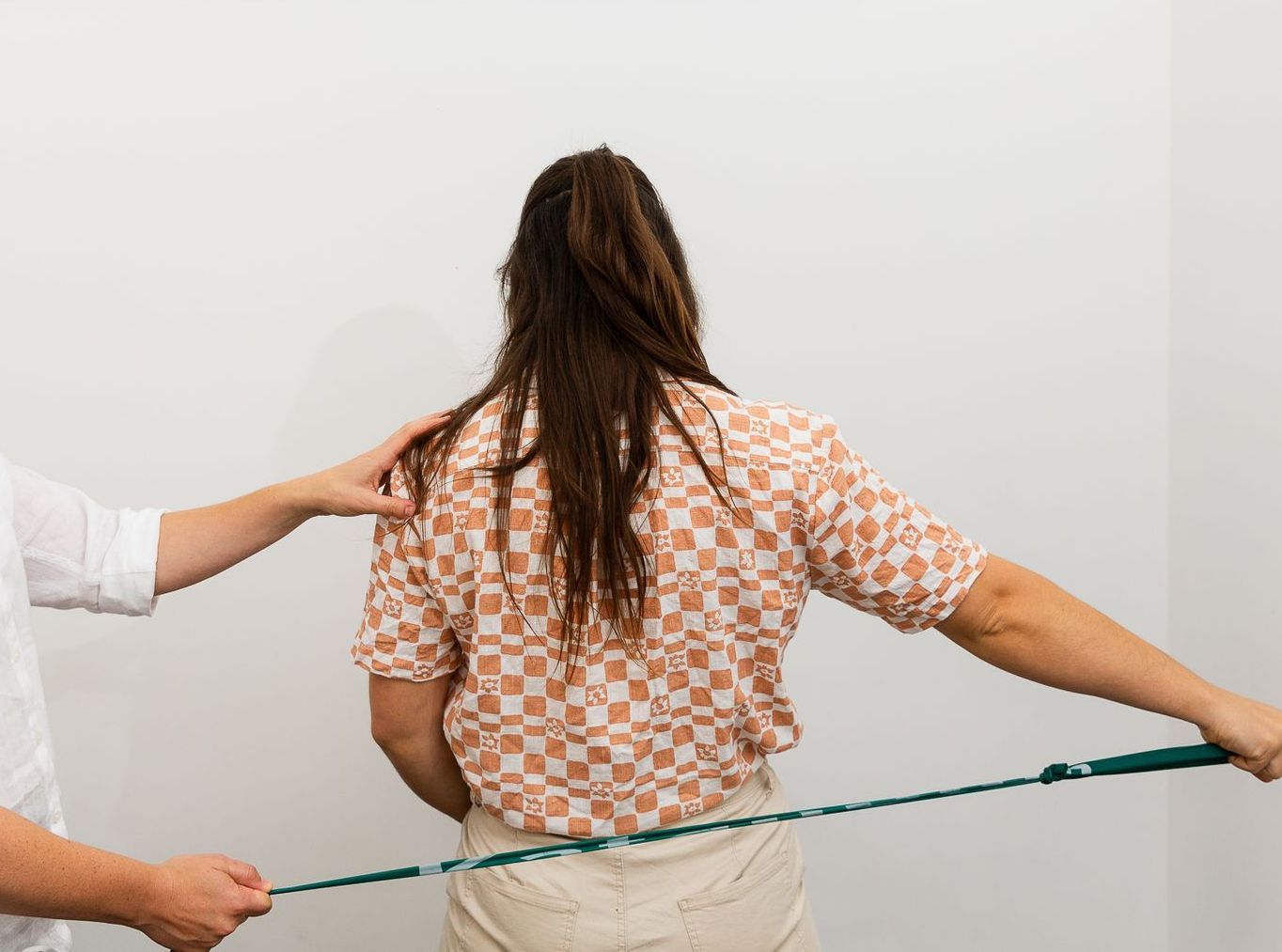Kinesiology & Reiki in Woonona
A Holistic Approach to Health
At Align Health Therapies in Woonona, we are dedicated to holistic wellness practices. Our practitioners offer a range of services tailored to each individual’s needs, including kinesiology, Reiki and yoga nidra.
Our sessions are designed to help improve overall well-being and balance your energy levels. We use holistic approaches to promote your physical, mental and emotional well-being.
To find out more about how our services may benefit you, call
(02) 4285 4817 or book an appointment online. Our clinic is located in Woonona and we service patients of all ages from Towradgi, Corrimal, Bulli, Thirroul, Austinmer, Coledale, Coalcliff and surrounding areas.
Energetic Kinesiology
Kinesiology (Kin-easy-ology) allows us to speak directly to your body through muscle testing. It is a non-invasive health modality that ultimately aims to clear stress, trauma and pain on all levels, mental, emotional, physical, spiritual and the subconscious.
Essentially, you can muscle test for anything but simply it is the tool that is used to speak to the body, to communicate with the body's energetic system and the subconscious. From here we can aim to clear negative patterns, undigested or blocked emotions and emotional energy, limiting beliefs, sabotage programs or mental and emotional stress and trauma that may be preventing you from living your happiest healthiest life. As the muscle testing identifies areas of focus the practitioner will discuss these with you. Kinesiology balances are performed using various non-invasive tools and techniques. Clients remain fully clothed.
Common reported benefits of Kinesiology include: Reduced pain and tension in the body, improvements in chronic symptoms and inflammation, increased feelings of calm, better sleep, improved digestion, a reduction in stress and anxiety, support during periods of change and instability, improved energy and resilience, improved confidence and self esteem, connection with self and others and an ability to move forward in life.
Restorative Reiki
Reiki is a Japanese practice that engages the body's parasympathetic nervous system - rest & digest, where your body can restore and heal it's naturally. When the body is in rest and digest, physiological changes take place, including lowering of the heart rate and slowing down of the breath. Reiki takes you out of the overactive fight or flight mode, soothing your nervous system and restoring balance rather than targeting a particular issue or symptom. Although balance can mean different things in different circumstances, Reiki typically brings rapid stress reduction and relief from pain and anxiety.
Reiki is administered by placing hands in specific positions over the head and body. It is a non-invasive system and clients remain fully clothed. Clients who experience Reiki often report feelings of peace, tranquility and groundedness. Commonly reported benefits by Reiki clients include: improved sleep, reduced anxiety, alleviation of depressive symptoms, pain reduction, mood stabilisation and enhanced stress resilience.
Reiki is suitable for everyone at any age or stage in life. The session time is dedicated to your personal journey, offering a chance to find stillness, recharge and relax. Whether you’re trying Reiki for the first time or you’ve enjoyed its benefits before, our practitioner will guide you calmly through the treatment.
Try a Yoga Nidra Session
Yoga nidra also known as Yogic sleep or NSDR is a unique state of consciousness, you are completely relaxed but awake. In a Yoga nidra practice there is a progressive movement through the brain wave states that naturally occur during sleep. Gradually, Yoga nidra brings the mind into a natural stillness. A deep state of rest. Unlike sleep Yoga nidra brings you out of the overactive Sympathetic nervous system (fight/flight) and into the Parasympathetic (rest/digest) where the body can heal itself naturally and restore balance.
It is in this unique state of conscious awareness that gives us powerful access to shifting deep seated belief systems, behavioural patterns and conditioning.
In a Yoga nidra 1:1 session we are able to address a specific issue that you may be facing and struggling with. It may be in any area of your life: Relationships, Career, Money, Physical, Mental or Emotional Health, Fears or Phobias. It may be something new or something that you have been dealing with your whole life.
For more information, please reach out to our friendly team.
